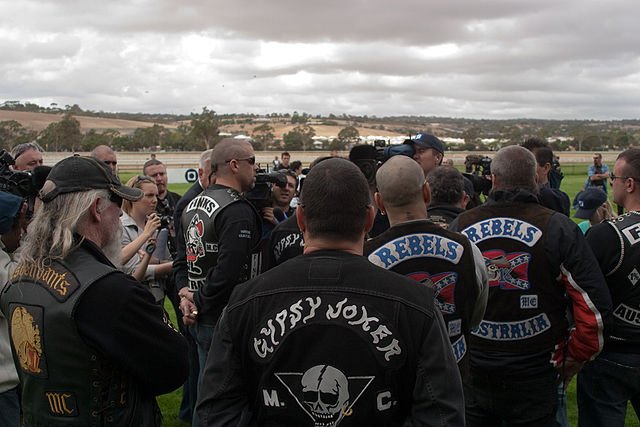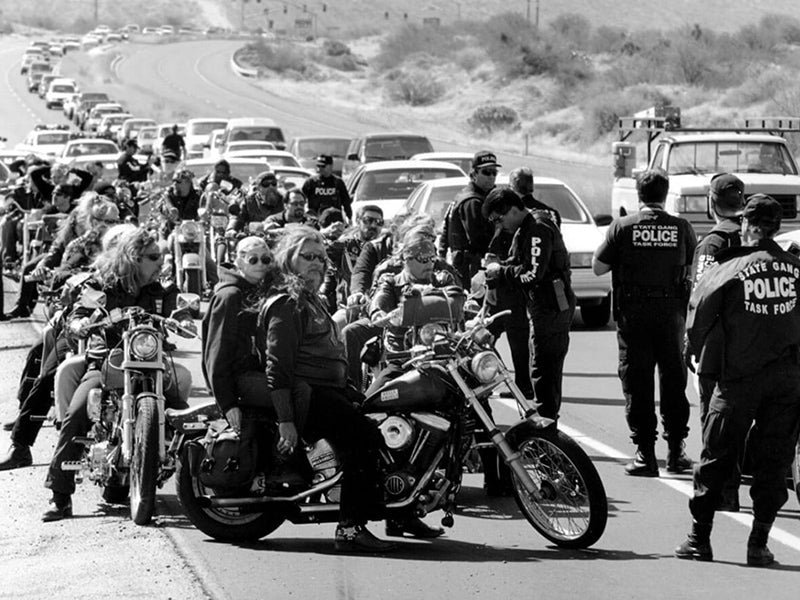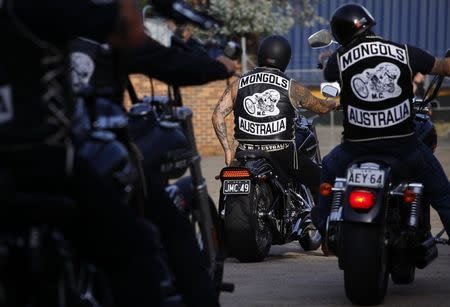By David Bright and Simone J Deegan
Outlaw motorcycle gangs (OMCGs) are often reported to be disproportionately involved in crime. Debate continues about the relationship between the organisational structure of these groups and the extent and types of criminal activities undertaken by group members. A systematic review of the existing literature was conducted to examine the organisational structures that underpin the criminal activity of OMCGs. The available empirical research, though scant, supports the notion that, at least in some clubs or chapters, the structure of OMCGs facilitates criminal activities by individuals or small cliques, sometimes in collaboration with non-members.
Australia.. Australian Institute of Criminology. Trends & issues in crime and criminal justice no. 621. March 2021. 16p




